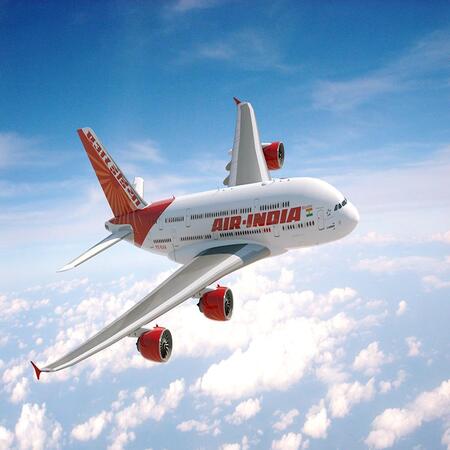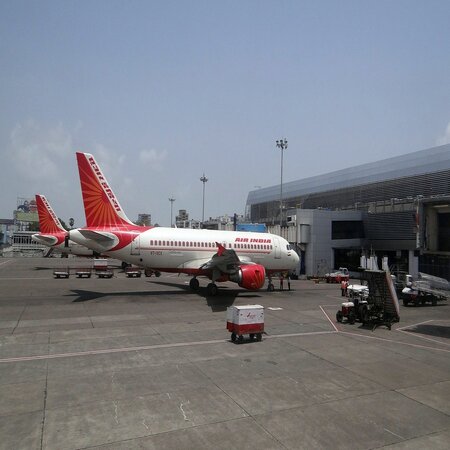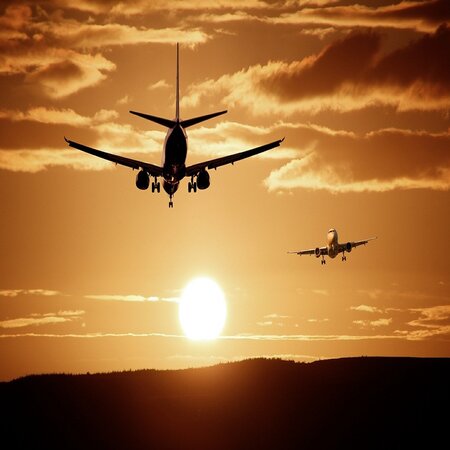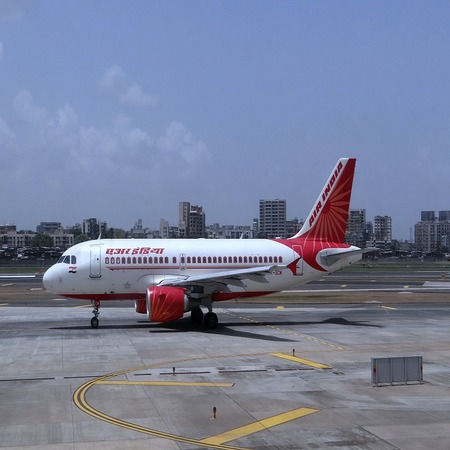Tatas back in Air India cockpit
Air India on January 27 came back to the Tata Group as the historic divestment process was finally completed with all formalities concluding successfully. Chairman of Tata Sons N Chandrasekharan met Prime Minister Narendra Modi as the officials started the final handover procedure at the Air India office in New Delhi. The old members of the board stepped down making place for the new board to take over in the first landmark privatization move in the last decade.
.

History of Air India
Air India, formerly Air-India, was established in 1932 by the legendary industrialist and philanthropist JRD. Tata, who was also India’s first licensed pilot. His fascination quickly turned into a plan to form India’s first commercial airline. In 1938, the airline was renamed Tata Airlines and expanded internationally for the first time. After India’s independence, the government took a 49% stake in the carrier, which had been renamed Air India. Five years later, the government nationalised Air India and took it out of Tata’s control. In 2018, the centre tried to privatize Air India, but failed because no private-sector buyer expressed interest in the state-owned airline. In 2020, the union government approved a new proposal to divest 100% stake in Air India.

Tata wins bid for Air India
Air India is back to its original home, 68 years after it was nationalized, as the government formally handed over the airline to the new owner Tata Sons, completing the privatization process of a public entity for the first time in 20 years.The takeover by the salt-to-software conglomerate comes three months after it won the bid quoting Rs 18,000 crore — which includes taking over of Rs 15,300 crore of Air India’s debt and a payment of Rs 2,700 crore in cash.

One more Airline
With the new acquisition, the Tatas will be adding one more airline to its fold. It currently operates Vistara in a joint venture with Singapore Airlines and a budget airline AirAsia India with Malaysia’s AirAsia Group. Air India has around 4,400 domestic and 1,800 international landing and parking slots at domestic airports and 900 slots overseas.

